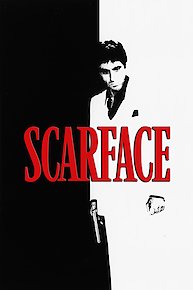
Getting Out
Where to Watch Getting Out

Two friends desperate for money, a crumbling crime figure, a psychotic hit man and a deceitful vixen. When their worlds collide, they are met with dire consequences. As plans start to unravel and lives become expendable, each person starts to seek their own fortune whether it's money, love or vengeance. Who can they trust?
Getting Out is a Crime, Drama movie released in 2015. It has a runtime of 81 min. Critics and viewers have rated it moderate reviews, with an IMDb score of 5.1..
How to Watch Getting Out
Where can I stream Getting Out movie online? Getting Out is available to watch and stream, buy on demand, download at Apple TV, Amazon, Google Play. Some platforms allow you to rent Getting Out for a limited time or purchase the movie for downloading.
5.1/10
Director
Nick Felice
Stars
Kevin Hartzman, Michael Renda, Ashley-Rene' Everest
Genres
Stream movies like Getting Out
Top Movies
Also directed by Nick Felice





















